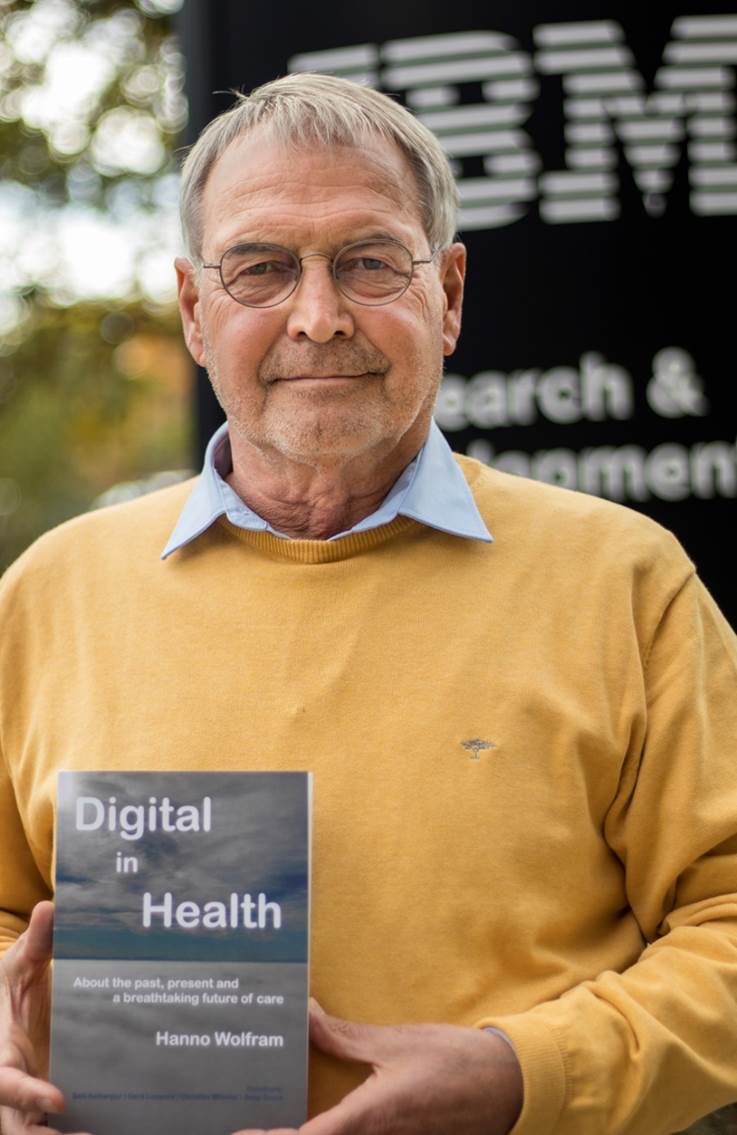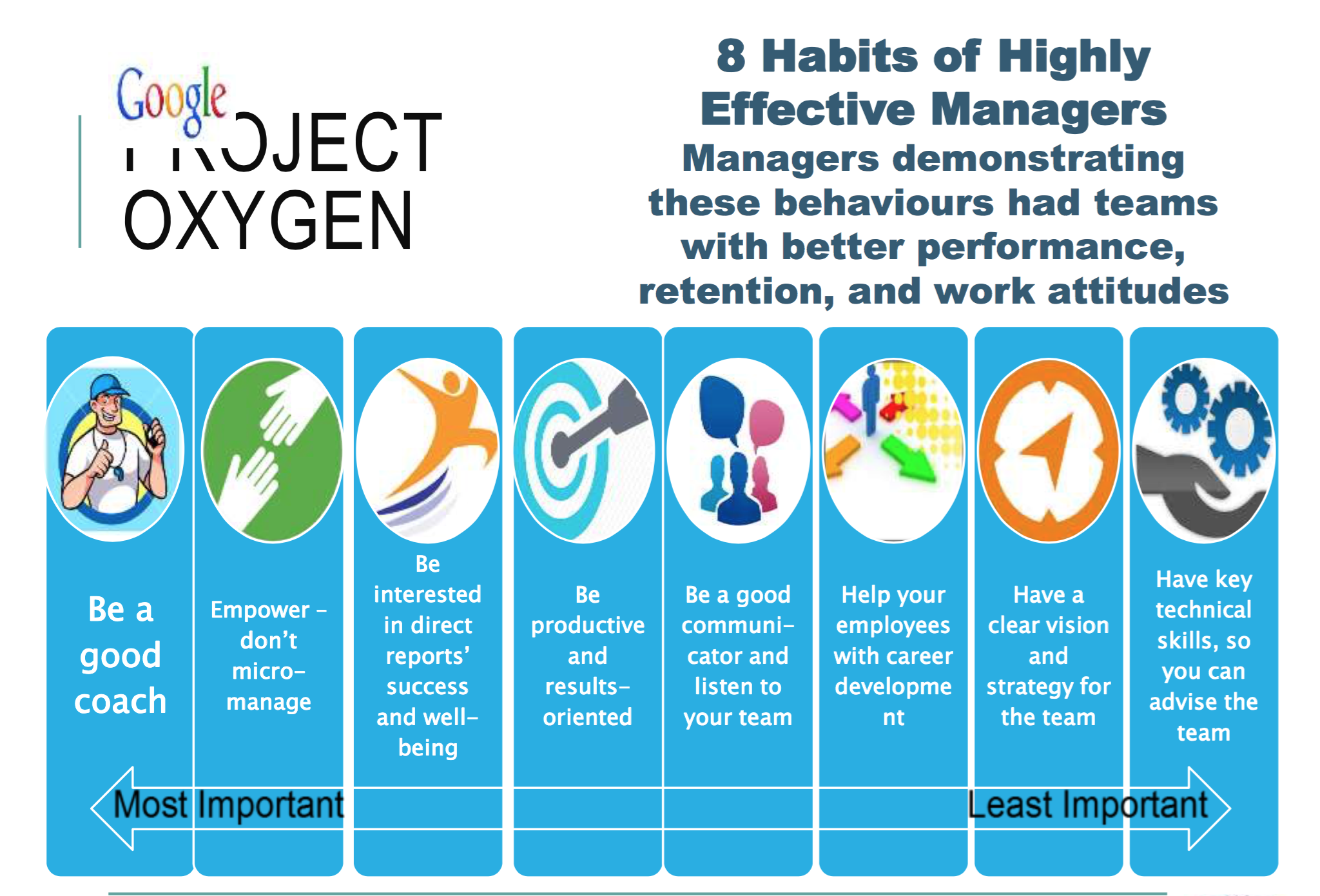Interview with Hanno Wolfram, author of Digital in Health

Anup Soans: Tell us something about your journey in the world of health care and your significant career milestones.
Hanno Wolfram: About half of my professional life, I spent inside the pharmaceutical industry. Like many others, my career began in a research-based pharmaceutical company as a medical representative. Along a typical career pathway, I was promoted to a sales manager’s role. After having had responsibility for the Rx-business in a European country, I continued to work as an Area Manager, Europe. Later, I moved into the headquarter office as the Human Resource Director.
Starting the second half of my professional life, I stepped out of the industry keen to use the helicopter view as an outside consultant. In the last 20 years, I have conducted projects, workshops, change management approaches, and seminars in more than 25 countries. Working with people in the pharmaceutical area in different countries enriched me significantly – every single meeting in these countries ended up as a fascinating personal gain, widening my personal horizon of this industry.
Anup Soans: What made you write Digital in Health? Give our readers an overview of the book.
Hanno Wolfram: In many meetings in the pharmaceutical industry and elsewhere in the healthcare system, I experienced the breadth and width of digital options for the future. It then became my heartfelt desire to share with as many people as possible what digital in health could mean. This desire was triggered from meetings about the subject itself, and that every individual using the word digital had a different understanding. The first trigger to sit down and write was exactly this: the attempt to define what digital could be or mean.
The second trigger to take the effort of compiling around 400 pages was supported by friends like you, to finally share what digital could mean for patients. Especially, chronically ill people are still missing the option to play a significant role in their own healthcare. In the paternalistic healthcare systems around the world, patients hardly understand what their physician tells them, consequently stopping to adhere to the treatment, and entering into an even more vicious circle of suffering. In our days, global access to knowledge has never been this easy and immediate. The problem is that many patients are not in a situation that allows them to identify between right and wrong information and validate their sources of information. Healthcare professionals still talk about patients instead of with patients.
In their effort to increase revenue and profitability, the pharmaceutical industry has become one of the major culprits. Despite knowing more than anyone else about specific diseases, pharmaceutical industry hardly share their knowledge with patients. Hiding behind a regulatory curtain, the pharmaceutical industry is stuck in a business model more than 40 years old. The digital tools available today, in the area of platform businesses, will foster disruptive business models in healthcare. It would be a pity if the pharmaceutical industry were to miss gaining their share. This will not be possible with their ancient yet comfortable and lucrative approach.
Many of these questions are answered in the book trying to be inspirational to those in charge.
Anup Soans: Which are some of the best examples of digital adoption in Health Care?
Hanno Wolfram: The term “digital” needs to be defined each time when used. I would say the most heart-warming digital patient companion is “Huggable”. This is a robot, loaded with artificial intelligence, disguised as a cute small bear. Children in hospital, suffering from the severest and limiting diseases, mentally connect with this digital therapeutic. Huggable is developed by the Massachusetts Institute of Technology (MIT)
Benefits for patients are widely achieved in Canada by leveraging telemedical devices. Many body signals today are transmitted long-distance easing the burden of disease for many patients.
The constant efforts of the British National Health System (NHS) to make healthcare, a paperless healthcare system with patients to participating in their own care, can serve as a blueprint for other countries.
Anup Soans: Where is healthcare headed and what will be the future of the pharmaceutical industry?
Hanno Wolfram: I strongly believe, that in the developed countries healthcare will lose its paternalistic attitude and approach. More and more patients will be enabled and empowered to contribute to their own disease management.
Additionally, it is in the basic interest of governments and healthcare payers to foster and improve public programs for disease prevention.
Reaching a relevant and significant number of people is only achievable through digital tools and means. This is why I strongly believe, that the future in healthcare will tend to develop platform business models. Every day the vast majority of people enjoy the benefits of such platform businesses, where enterprises like Ali Baba or Amazon provide the turntable for millions of merchants, manufacturers, and businesses alike. I do not see any reason why such platform businesses cannot develop within the regulatory framework. Once we are globally interconnected it will take a much shorter period of time to roll out novel and promising business models across the globe. The current business model of the pharmaceutical industry, existing since decades, is not sustainable.
Anup Soans: Which are the countries where digital adoption has had the biggest impact on Healthcare?
Hanno Wolfram: In the recent past, the structural changes made to the NHS in the United Kingdom, using a strong digital foundation, has had a significant impact on healthcare.
For the nearer future, I see telehealth approaches is one of the most promising structural changes in healthcare. A number of examples, like PING An Good Doctor in China, are indicated in the book “Digital in Health” to inspire those in charge. Looking around us using common sense does show, that only few business models of the past will lead into a prosperous future. Our needs as patients will merge with our demands as consumers and shape a very different healthcare environment.
Digital in Health – 396 pages, 213 references, 58 exhibits – You can buy your copy on Amazon – https://www.amazon.com/Digital-Health-breathtaking-future-healthcare/dp/3750400687/
Innov8
Jakobusweg 19
88456 Muttensweiler
Germany
Phone: +491725723423





